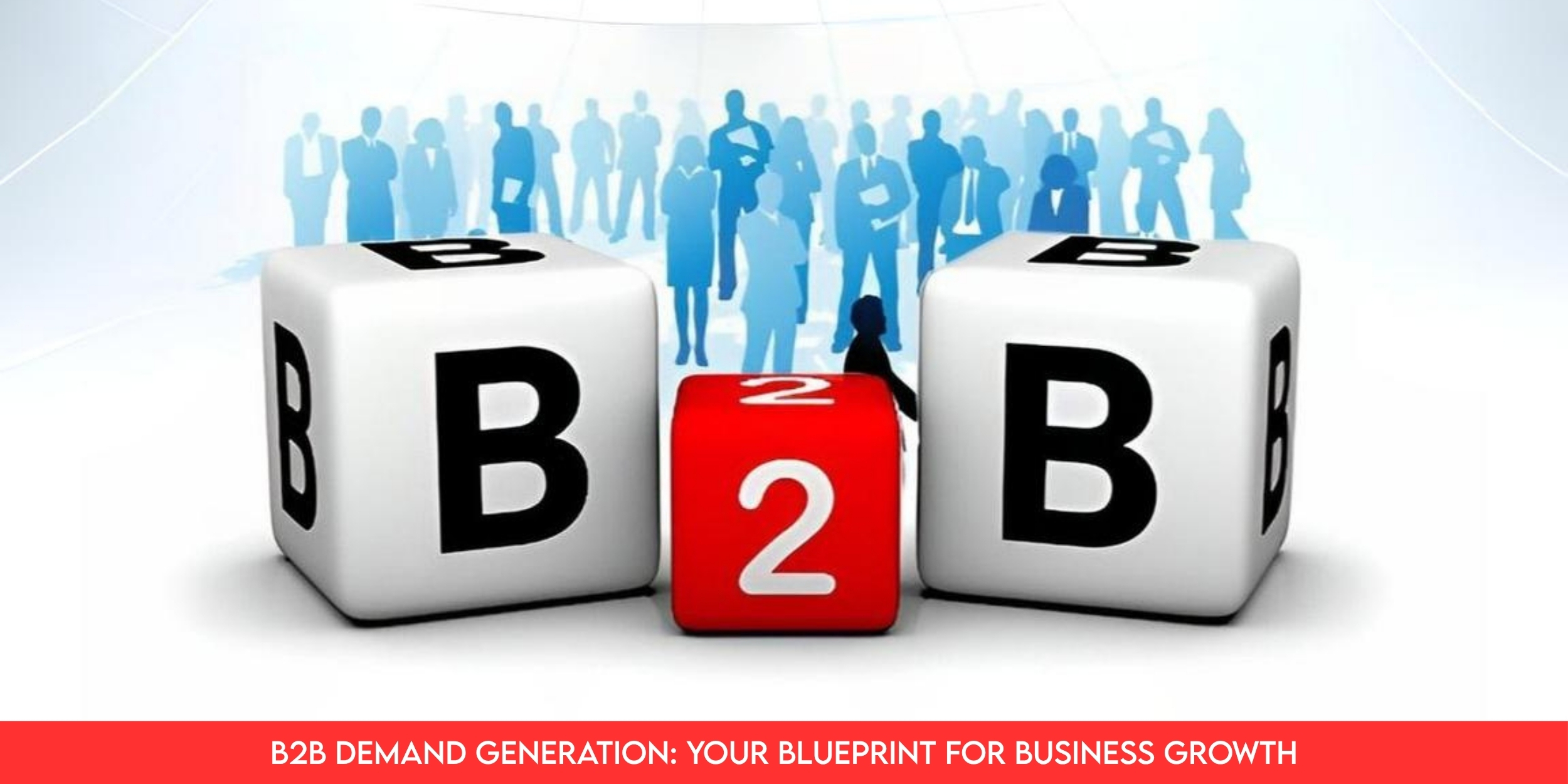
Imagine this:
in the not-so-distant future, when you ask your personal AI assistant to compare prices, it doesn’t have to scrape through your favorite websites, guessing what’s what. Instead, it talks to a special interface designed for machines, not humans. That’s where AIDI comes in. (Yes, it’s a thing and it’s poised to change how the web works.)
The Limits of HTML: A Beautiful Barrier for Machines
HTML has been the backbone of the web for decades. It’s the language we use to structure web pages: headings, paragraphs, images, links, the very fabric of what you see when you browse. But and this is key HTML was built for people, not for machines.
When a human reads “$9.99” on a page, they instinctively understand it’s a price. But a machine, purely parsing HTML, just sees text wrapped in tags. There’s no built-in understanding of meaning. Sure, schema markup (like JSON-LD) can help, but most sites still don’t use it. According to industry estimates, only a fraction of websites implement structured data in a way that AI agents can fully trust.
This gap between what humans understand and what machines can reliably interpret creates friction. As AI agents grow smarter, that friction becomes more costly.
What Exactly Is AIDI?
AIDI stands for AI Data Interface. It’s a concept, emerging in thought leadership and SEO circles, that imagines an entirely new way for data to be published: not in bare HTML, but in a machine-native, structured way.
Think of it like an API, but universal and semantic. Instead of sending a wall of HTML to an AI, servers would respond with well-labeled, meaningful data: “product name”: “Wireless Headphones”, “price”: 99.99, “currency”: “USD”, “in stock”: true, and so on. This is not about hiding your web pages, it's about exposing your data in a way that’s instantly understandable by agents, not just people.
In other words, AIDI is an interface that speaks the language of machines, not just browsers.
Why AIDI Leaves HTML Behind for AI Agents
Faster, Cleaner, Smarter Data Retrieval
When an AI agent queries a website via AIDI, it doesn’t have to waste CPU cycles stripping HTML, guessing semantics, or parsing natural-language content. It gets direct, typed fields. As a result, data retrieval is faster and more accurate. No more guesswork about what “£5.99” means, or whether “Draft 2023” refers to a product version or a draft blog post.
That level of precision matters deeply for agents that make decisions. For example, a buying agent doesn’t just need the price. It may be necessary to know whether that price includes tax, shipping, or any special conditions. With AIDI, all that context can be included in the interface, so agents can make informed, dependable choices. Search Engine Land
Reduced Ambiguity, Increased Meaning
HTML is great for presentation, but minimal on meaning. Machines need semantics structured, explicit meaning. AIDI offers semantics out of the box. Rather than inferring meaning, agents consume meaning. That dramatically reduces errors, hallucinations, and misinterpretations in AI-driven decision making.
Remember: the more structured the input, the more reliable the output. With AIDI, an agent doesn’t have to guess whether a number is a rating, a price, or an identifier it already knows.
Scale That Works for the Future
As more domains adopt AIDI, personal agents can scale their understanding across verticals: e-commerce, media, services, and even booking systems. Once a standard emerges, it’s easier for smaller websites to expose meaningful data without reinventing the wheel. Big players may lead, but the widespread adoption becomes economically compelling quickly.
This means we move from a “web of pages” to a “web of data.” If agents can connect to these structured interfaces, we unlock silent commerce: your bot negotiates, compares, and buys behind the scenes.
A Future Vision: Agent‑First Web
Picture asking your personal AI: “Find the best value gaming laptop under $1,000, with 16 GB RAM, ships to me in Karachi.” Instead of your agent visiting ten HTML product pages, parsing them, and guessing which numbers matter, it just queries AIDIs for each retailer. It retrieves precise, structured data: model, price, specs, shipping cost, warranty. Then it provides the top three, explaining why they are the best for you.
That’s not sci-fi. Thought leaders already argue that this future is not just possible, it’s coming.
But It’s Not All Sunshine: Real Risks to Embrace
No paradigm shift comes without challenges. Here are some key hurdles:
Standards and Adoption: For AIDI to work widely, someone has to define standards. We don't yet have a universal body enforcing AIDI schemas. Early adoption is likely to be fragmented.
Security and Trust: Exposing structured data interfaces introduces new attack surfaces. Who verifies the data? How do you prevent malicious interfaces that misrepresent information?
Business Model Shift: Currently, websites monetize via ads, clicks, or subscriptions. With AIDI, the business could shift to data-access billing, where AI agents pay (directly or via credits) to retrieve structured data. That’s a big change.
Digital Divide: If only large companies expose AIDIs, smaller players may fall behind. Early winners could dominate the AI-led web.
What This Means for Website Owners & SEO Strategists
If you own a website or plan to build one, you should be paying attention. AIDI is not just a theoretical concept: it has real implications for your content strategy.
Adopt or Expand Structured Data
Use schema markup (JSON-LD) to expose meaningful data fields. Even before AIDI becomes a standard, structured data helps today’s AI agents (like search engines) understand your content better.
Think in Terms of Interfaces, Not Pages
What fields would an AI agent need from your site? Define your content in terms of “data contracts”: product name, price, specification, stock, author, publish date, etc.
Contribute to Emerging Standards
Participate in early discussions around AIDI-like protocols. Be a leader, not a follower.
Plan for a Monetization Pivot
Imagine how your business might charge for data access via AIDI. Could you offer an “AI-access tier”? Or provide value via microtransactions when agents query your interface?
Educate Your Team
Your developers, SEO experts, and product folks need to understand the potential shift. Invest in training, prototyping, and experimentation.
Emotional / Vision-Driven Close
Here’s the heart of it: the future of the web isn’t just human-facing. It’s agent-facing, too. As AI agents become our digital companions, helping us shop, book, learn, and decide, they’ll need better ways to talk to the world. AIDI is their native tongue.
If you lean into this shift now, you're not just optimizing for SEO, you're future-proofing your website. You’re building something that feels invisible to humans but speaks clearly to machines. You give agents what they need: clean, structured, trustworthy data.
That, in turn, means smarter decisions for your users, tighter integration with AI-driven experiences, and a real stake in the agent-first future.
FAQ Section
Q: What is AIDI?
AIDI stands for AI Data Interface. It’s a structured, machine-native way to expose data from websites, enabling AI agents to query meaningfully without scraping or guessing.
Q: Will AIDI replace traditional websites?
Not entirely. Websites for humans will still exist. But AIDI could run alongside or behind them, serving AI agents with structured data and meaning, transforming how data is consumed.
Q: Is HTML going away?
No HTML will likely remain for human-facing content. But its role as the primary way machines interpret the web may shrink, replaced by AIDI-like structured data interfaces.
Q: How do I add AIDI to my site today?
Start with structured data: implement schema markup (e.g. JSON-LD) for your key content. Think of your data as API fields: define product attributes, pricing, stock data, etc. Then, experiment with exposing that data in a machine-friendly way.
Q: When will AIDI become mainstream?
Hard to predict. Thought leaders are already talking about it, but adoption depends on standards bodies, major platforms, and early movers. It could take years, but getting ahead now gives you an advantage.




